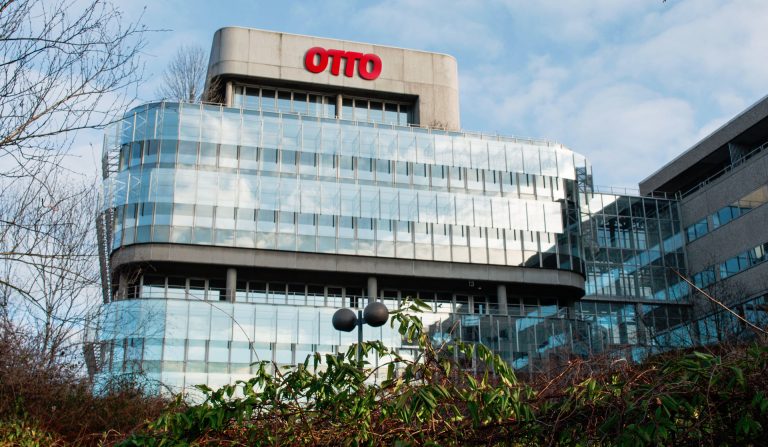
“Generative engine optimization” refers to tactics for increasing visibility in and traffic from AI answers. “Answer engine optimization” is synonymous with GEO, as are references to large language models, such as “LLM optimization.”
Whatever the name, optimizing for generative AI is different from traditional search engines. The distinction lies in the underlying technology:
- LLM platforms don’t always perform a search to produce answers. The platforms use training data, which doesn’t typically have sources or URLs. It’s a knowledge base for accessing answers without necessarily knowing the origin.
- Unlike search engines, LLMs don’t have an index or a cache of URLs. When they search, LLMs use external search engines, likely Google for ChatGPT.
- After searching, AI crawlers go to the page, read it, and pull answers from it. AI crawlers are much less advanced than those of search engines and, accordingly, cannot render a page as easily as a Google crawler.
GEO-specific tactics include:
- A brand in AI training data has long-term exposure in answers, but appearing in that data requires an approach beyond SEO. The keys are concise, relevant, problem-solving content on-site, and off-site exposure in reviews, forums, and other reputable mentions.
- Being indexed by Google is more or less essential for AI answers, to a point. Additional optimization steps include (i) ensuring the site is accessible and crawlable by AI bots, (ii) structuring content to enable AI to pull answers easily, and (iii) optimizing for prompts, common needs, and, yes, keywords.
- Keywords remain critical (and evolving) for GEO and SEO, although the former “fans out” to also answer likely follow-up prompts.
SEO
Reliance on Google varies by the genAI platform. ChatGPT, again, taps Google’s index. AI Overviews mostly summarize top-ranking URLs for the initial and fan-out queries. Higher rankings in organic search will likely directly elevate visibility in AI Overviews and Perplexity.
Google Search remains the most powerful discovery and visibility engine. And a brand that ranks high in Google is typically prominent, which drives visibility in AI Answers. As such, organic rankings also drive AI indirectly, through brand signals.
GEO
Thus GEO and SEO overlap. Pages that rank highly in organic search results will almost certainly end up in training data with elevated chances of appearing in AI answers.
Yet for training data, AI platforms continuously crawl sites with their own, limited bots and those of third-party providers, such as Common Crawl.
Hence AI platforms crawl pages via two paths: from links in organic search results and independently with their own (or outsourced) bots.
GEO kicks in when the bots reach a page. The sophistication of AI crawlers is much less than Google’s. GEO requires concise, relevant page content that’s easily accessed, without JavaScript, and succinctly summarizes a need and then answers it directly.
Structured data markup, such as from Schema.org, likely helps, too.
In short, a GEO-ready page has a clear purpose and clear answers, easily crawled.





